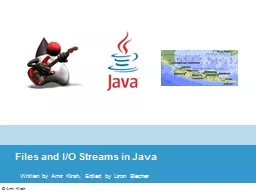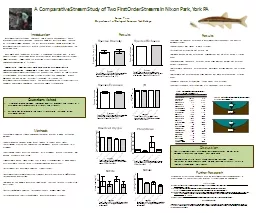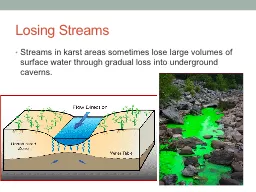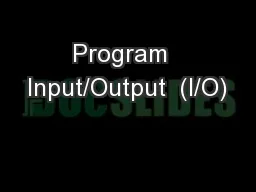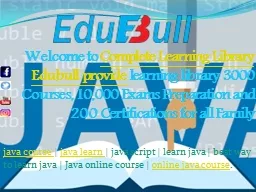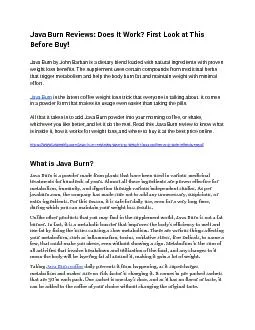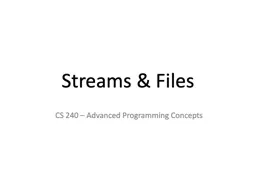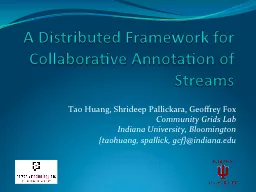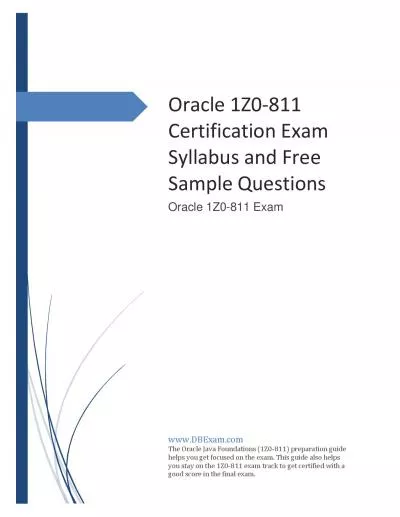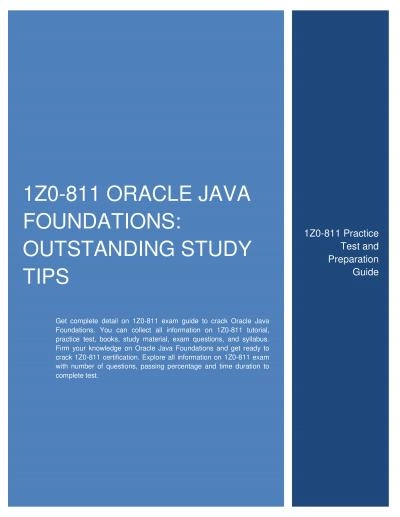PPT-Files and I/O Streams in Java
Author : trish-goza | Published Date : 2016-04-18
Written by Amir Kirsh Edited by Liron Blecher Agenda System Parameters File Class IO Streams Reading from the standard input Scanner Class Binary files Text files
Presentation Embed Code
Download Presentation
Download Presentation The PPT/PDF document "Files and I/O Streams in Java" is the property of its rightful owner. Permission is granted to download and print the materials on this website for personal, non-commercial use only, and to display it on your personal computer provided you do not modify the materials and that you retain all copyright notices contained in the materials. By downloading content from our website, you accept the terms of this agreement.
Files and I/O Streams in Java: Transcript
Download Rules Of Document
"Files and I/O Streams in Java"The content belongs to its owner. You may download and print it for personal use, without modification, and keep all copyright notices. By downloading, you agree to these terms.
Related Documents

